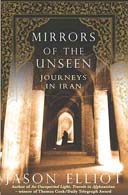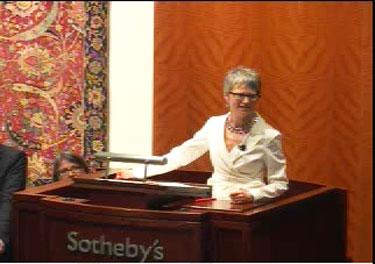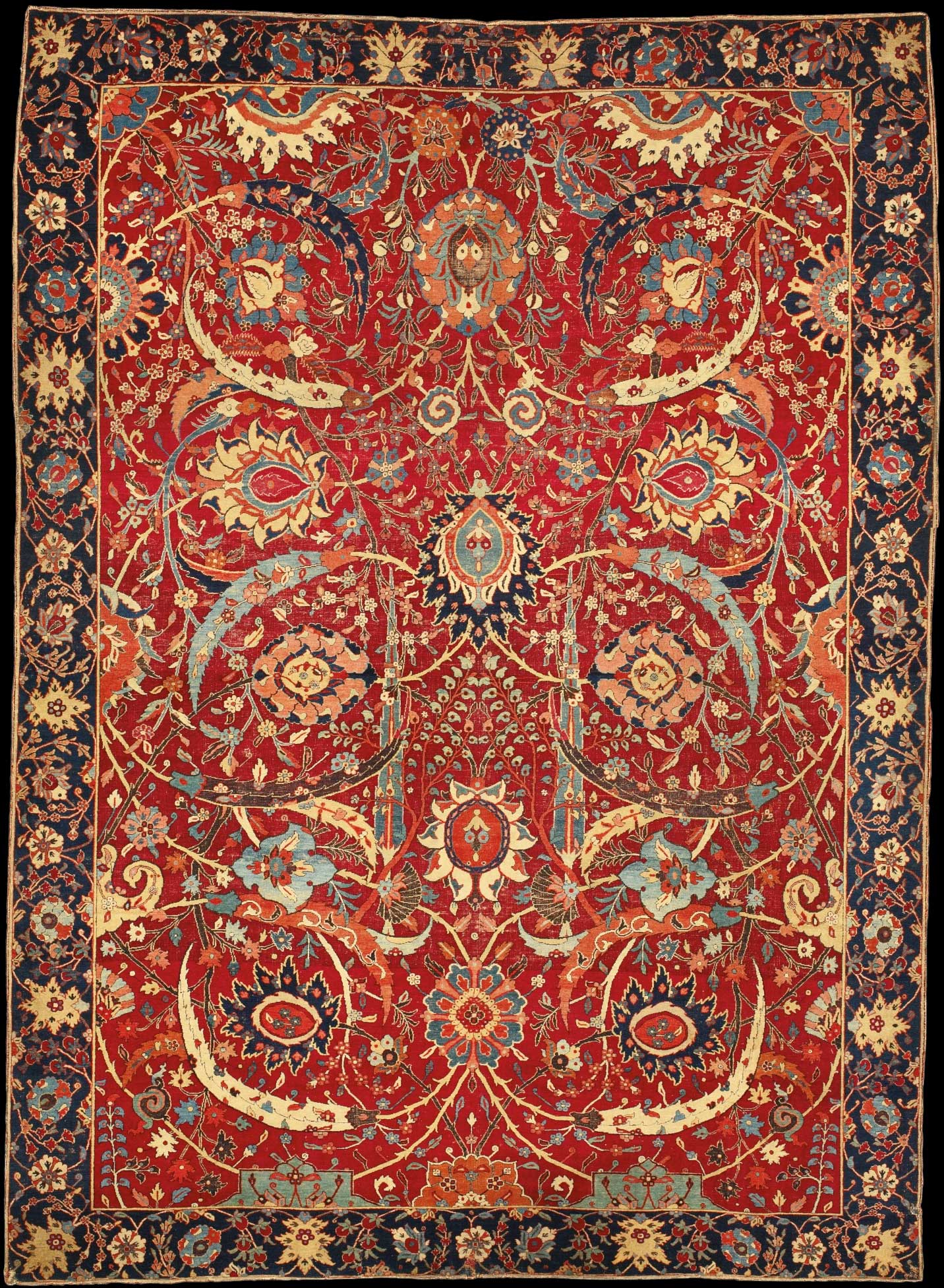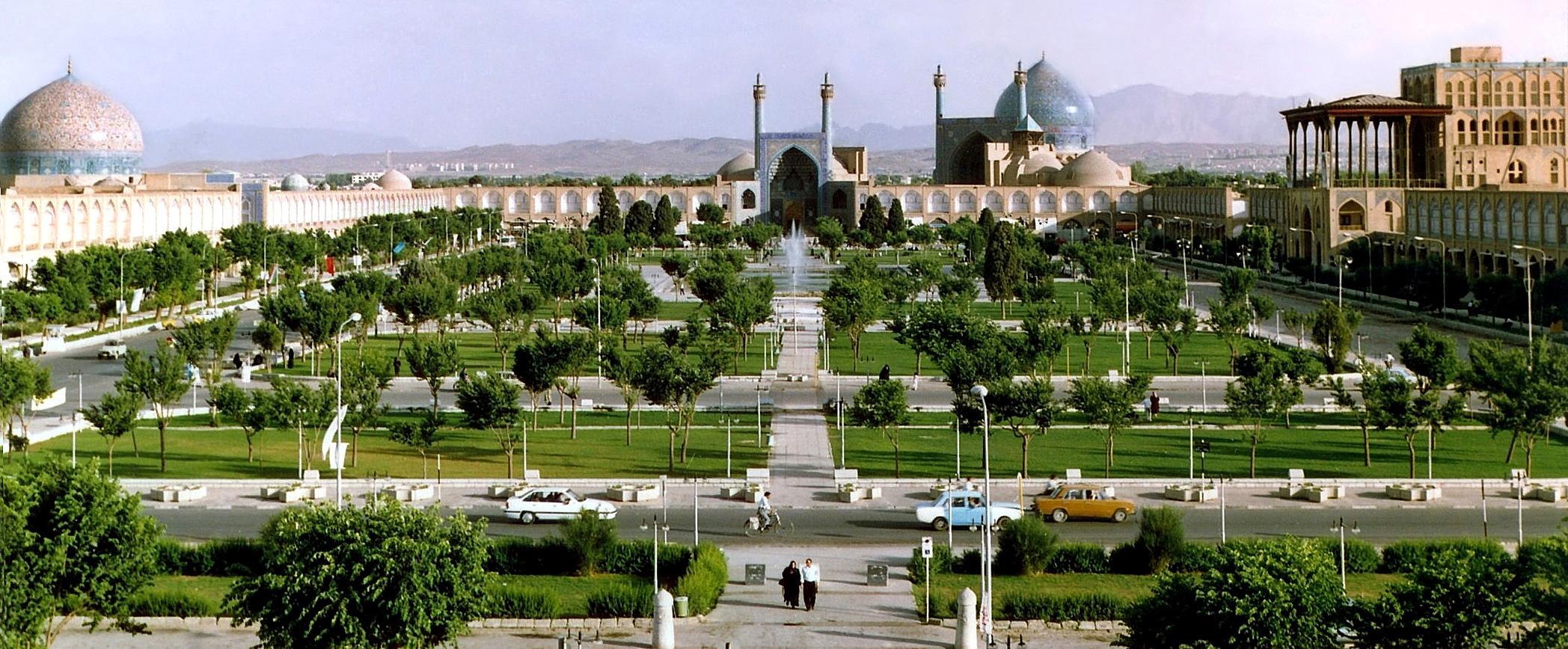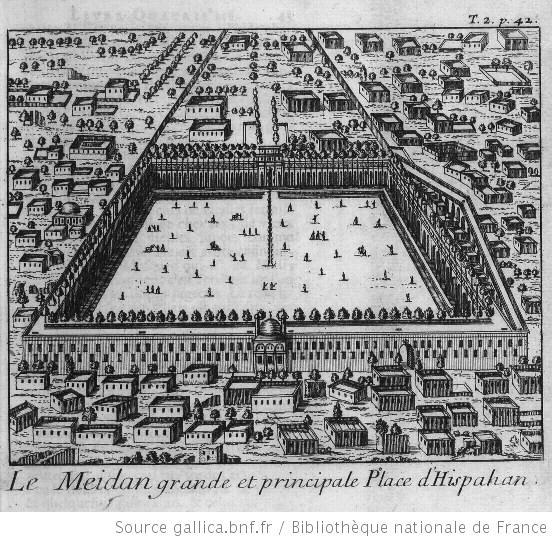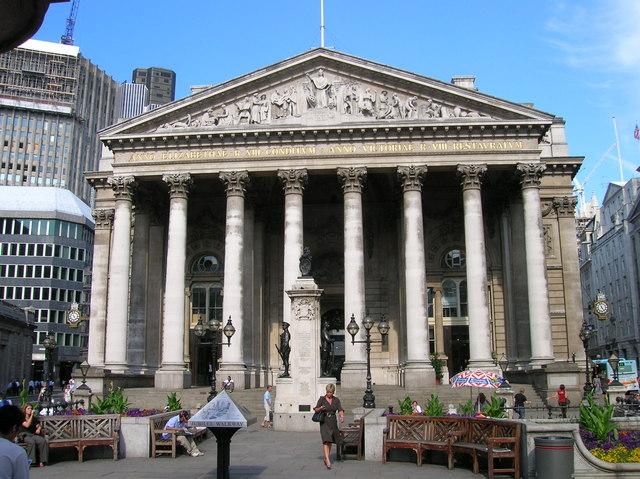Iranian crafts and craftsmen
As I started to visit Iran, I started to meet Iranian craftsmen – often high up on rudimentary scaffolding. I also started to realise how little is understood about their impressive skills and knowledge. With many master craftmen (ustads) relatively old, and relatively few young men now wanting to undergo the lengthy, often dirty, and …
